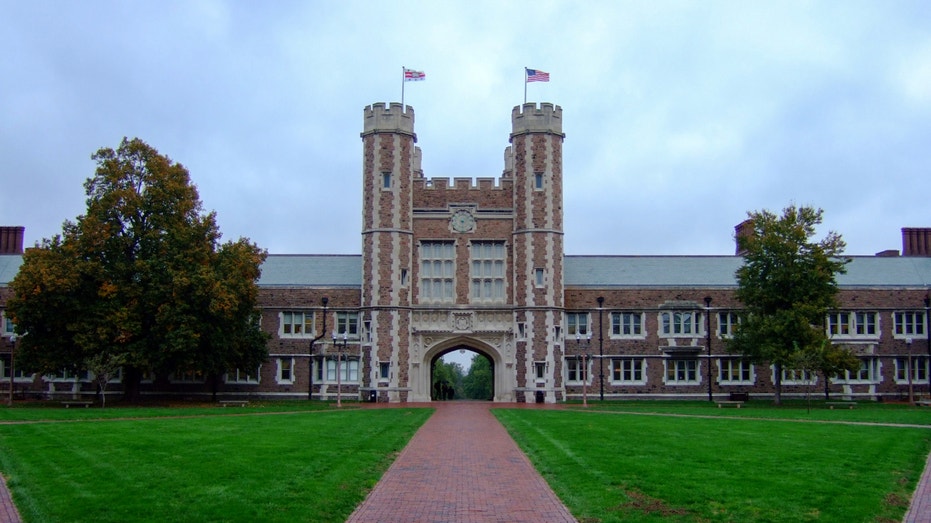The chill of a late October afternoon settled over Bryant Park, but the air crackled with a different kind of energy. A crowd had gathered, a mosaic of faces united by a shared sense of urgency. It was October 27th, 2024, and the rally, organized under the banner of Resist Fascism, was a stark declaration against a rising tide of political extremism.
Among those present was Zohran Mamdani, a figure increasingly recognized for his outspoken stance on social justice and political accountability. He wasn’t simply an observer; he was a participant, his presence lending weight to the collective voice demanding a different path. The park, usually a haven for leisurely afternoons, transformed into a platform for dissent.

Photographs from the event capture a moment frozen in time – Mamdani amidst the throng, his expression a blend of determination and concern. The image speaks volumes about the anxieties of the era, the palpable fear that democratic norms were eroding. It wasn’t a comfortable gathering, but a necessary one.
Resist Fascism’s core message centered on the belief that complacency was no longer an option. They argued that the subtle creep of authoritarian rhetoric and policy demanded direct confrontation. The rally wasn’t about supporting a particular candidate, but about defending the fundamental principles of a free and equitable society.
Mamdani’s involvement underscored his commitment to challenging power structures and amplifying marginalized voices. He has consistently positioned himself as a champion for those most vulnerable to political oppression, and this rally was a natural extension of that advocacy. His presence signaled solidarity with those actively resisting what they perceived as a dangerous shift in the political landscape.
The event itself was a complex tapestry of speeches, chants, and shared anxieties. Participants carried signs bearing slogans denouncing hate speech and advocating for inclusivity. The atmosphere was charged, a potent mix of anger, hope, and a resolute refusal to be silenced.
Looking back at the photograph, one is struck by the sheer number of individuals willing to publicly declare their opposition. It’s a reminder that even in times of division, there are those who will stand up for their beliefs, and that collective action remains a powerful force for change. The image serves as a historical marker, a testament to a moment when citizens felt compelled to defend the very foundations of their democracy.





